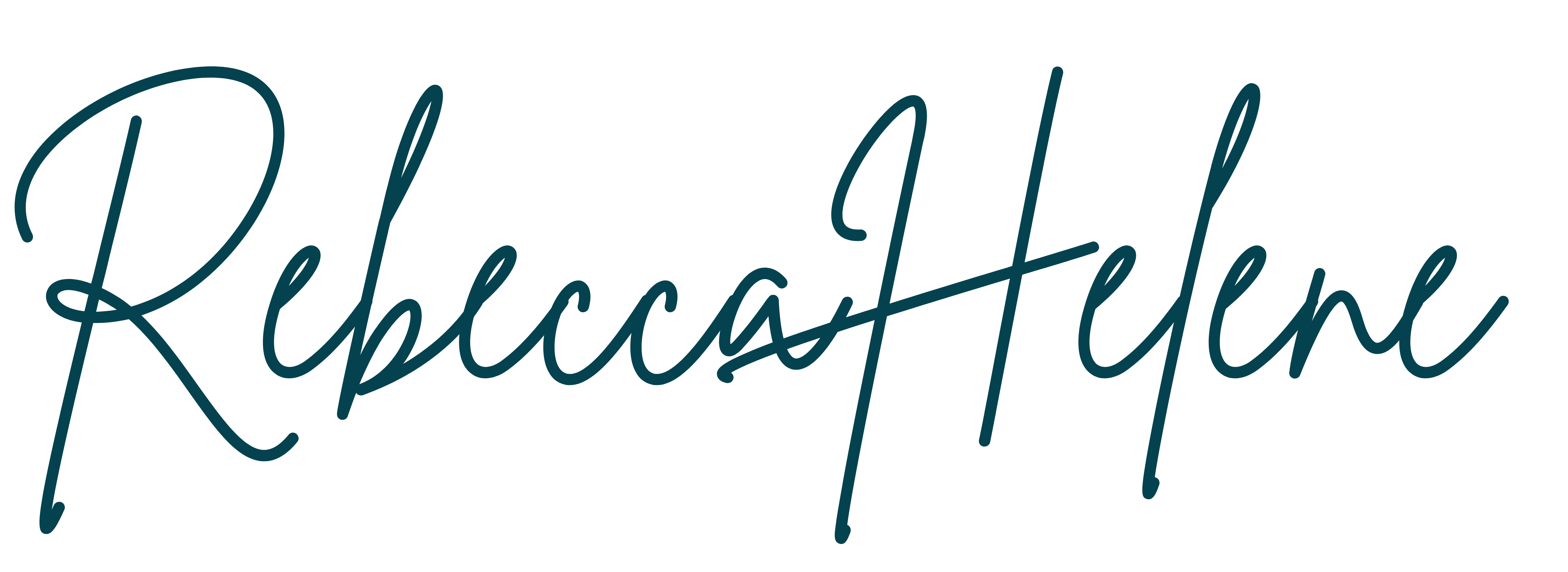DISCLOSURE: THIS POST MAY CONTAIN AFFILIATE LINKS, MEANING I GET A COMMISSION IF YOU DECIDE TO MAKE A PURCHASE THROUGH MY LINKS, AT NO COST TO YOU. PLEASE READ MY DISCLOSURE FOR MORE INFO.
One of my favorite freelancing jobs to-date is acting as the sole consultant hired to judge a College Essay Scholarship contest put on by a law group based in the Pacific Northwest. The contest was such a success and beneficial way to give back to the next generation, that the Company has expanded the contest to quarterly prompts and has become my first long-term client in the new LLC I established outside of my corporate finance day-job.
The prompts are highly topical for millennials, ranging from the changing concept of the American dream to today’s concerns about student debt and the affordable housing crisis. Submissions must range in length from 500 to 1000 words, a standard modest length for today’s scholarship essay contests.
Despite the changing topics, I have quickly come to notice several threads of commonality across applications, and I thought I’d take the opportunity to share five honest secrets from an essay scholarship judge.

1. You’re not as original as you think. While starting with a hook is vital, just as we’ve all been taught, one quarterly essay prompt delivered 50% of applications beginning with the Webster’s Dictionary definition of the focus word in the topic. Another set of applicants delivered an essay beginning with a triad of questions that reiterated the essay prompt. At that point, a question is no stronger a hook than a more powerful, unique, well-written introductory sentence. It might ace your English class, but it will stand alongside all of the others acing their classes with the same opening paragraph.
2. Write about the topic. Sounds like it should go without mentioning, doesn’t it? You would think that, but 1 in 20 applications are clearly recycled, generic essays about “hardships I overcame” or “why I am pursuing college.” If you went so far as to research and find a scholarship to apply to, didn’t you see there was a specific topic to apply with? If you are not prepared to write on the new prompt, save your time and energy and don’t submit an essay that doesn’t directly correlate to the scholarship.
3. Read (and follow!) the directions. If the application provides a minimum or maximum word count, consider them hard guidelines, not just suggestions. Double-check your word count and intentionally stay within. Use the count to put yourself in the judges shoes to imagine what they are expecting to see based on that length. In 500 words, concise, powerful, unique viewpoints are more expected than citations and resources. If there is no minimum but a five-page maximum, you likely should aim for 3-4 pages of a true-form, paragraph-structured essay.
4. Citations never hurt. Not all essay winners are English majors and journalists. You are not expected to have an MLA or APA, perfectly formatted resource paper- in most cases, at least. However, throwing in an insightful quote or a few quantitative facts to support your argument from a reliable source is often a booster- even if it’s an opinion-based essay. Your paper will immediately stand out above many others and prove that you put in the extra time and thought into your writing. This can create a sense of credibility for a judge before they even read the first line, which is a strong first impression when they have hundreds of papers to read.
5. Formatting matters. If there is a formatting directive in the prompt, such as 12-point font, double-spaced, refer back to Tip #3 above and use it! If there’s not, take a step back to look at the document itself when you have finished writing. Is it easy to read? Is it broken out into paragraph format?
Without getting so creative that your essay becomes a graphic design entry rather than document (though there are times that can work!) find ways to make your paper visually stand out or become easier to read.
Often, using header labels to break out sections can be simple and effective. It can also give the judge clarity that you have addressed the prompt in full, which can be a difference-maker. For example, if the prompt is to “define the problems and name a few solutions you propose” on a topic, a clear Section I: Introduction, “Section II: Problems and Section III: Solutions creates a clear sign for a reader or judge who has hundreds, if not thousands of entries to peruse!


 I create resources for female entrepreneurs and career-driven women striving to break out of their comfort zones and through the glass ceiling.
I create resources for female entrepreneurs and career-driven women striving to break out of their comfort zones and through the glass ceiling.


